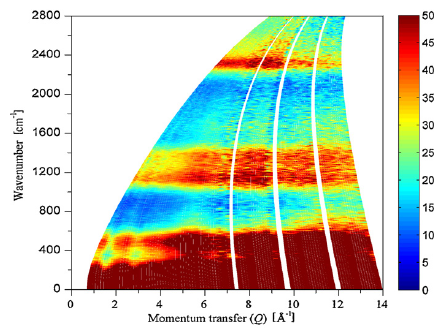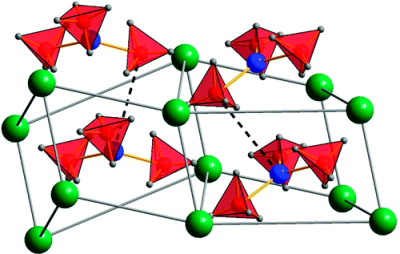-
New fundamental experimental studies on α-Mg(BH4)2 and other borohydrides
H. Hagemann, V. D'Anna, J.-P. Rapin, R. Cerný, Y. Filinchuk, K.C. Kim, D.S. Sholl and S.F. Parker
Journal of Alloys and Compounds, 509 (2) (2011)


DOI:10.1016/j.jallcom.2010.10.068 | unige:16970 | Article HTML | Article PDF

Several new studies of Mg(BH4)2 are reported. A 1:1 LiBH4:Mg(BH4)2 mixture was studied by in situ synchrotron X-ray diffraction and reveals an eutectic behavior with the eutectic composition more rich in Mg(BH4)2, and the eutectic temperature lower than 456Â K. No dual cation compound was observed in this experiment.
New vibrational spectra including INS data have been obtained and are compared with theoretical DFT calculations and recent NMR studies, showing good agreement.
